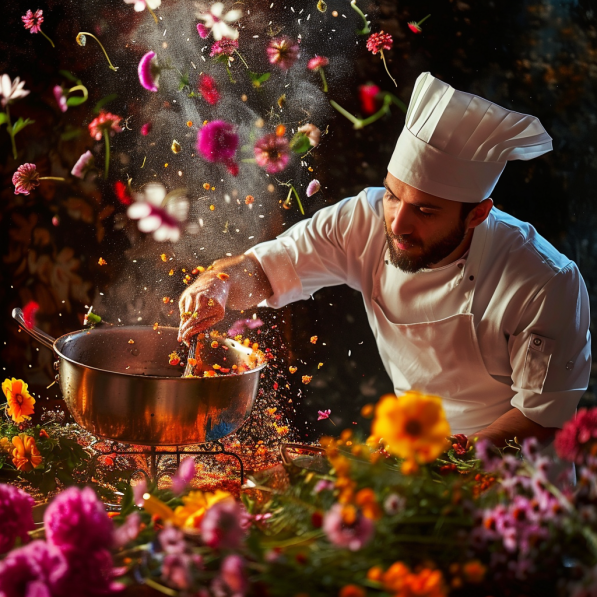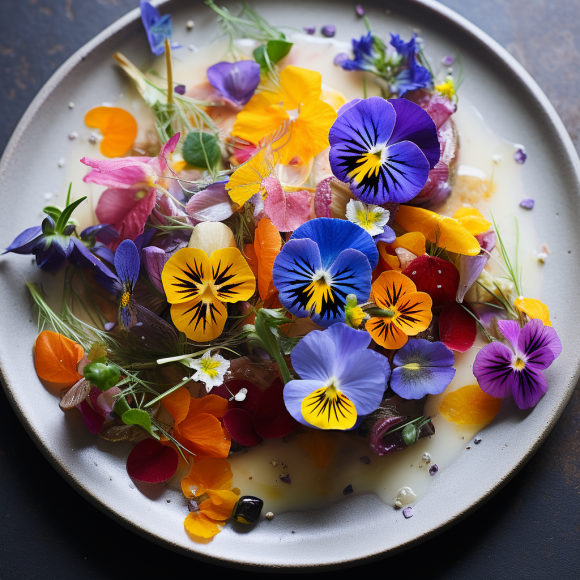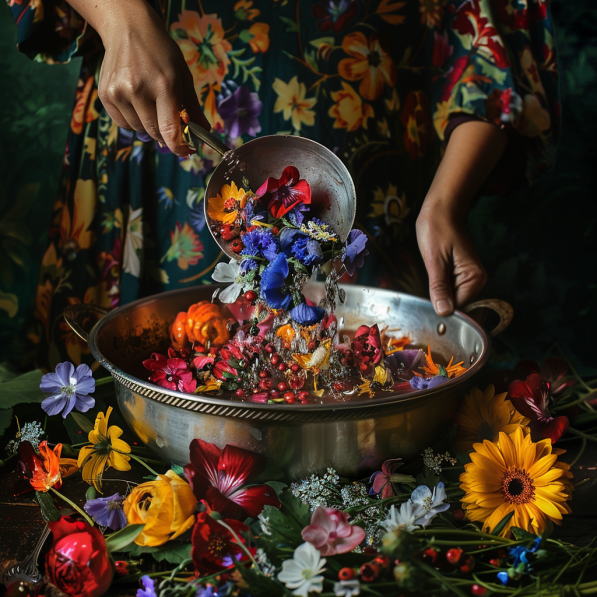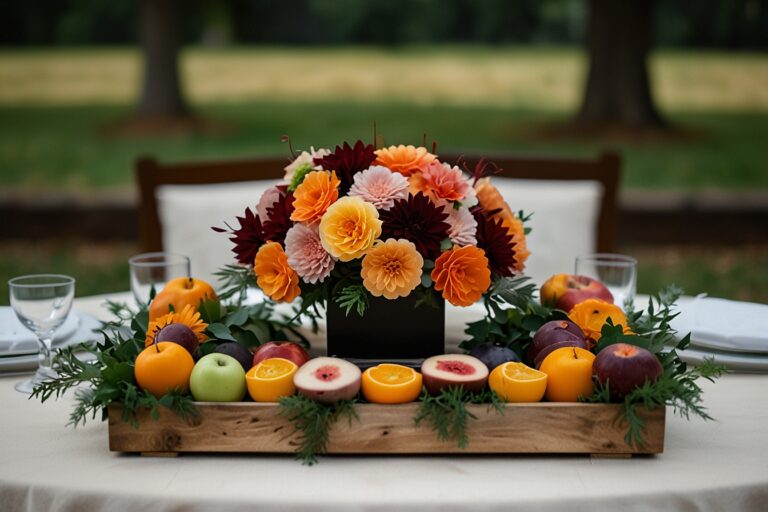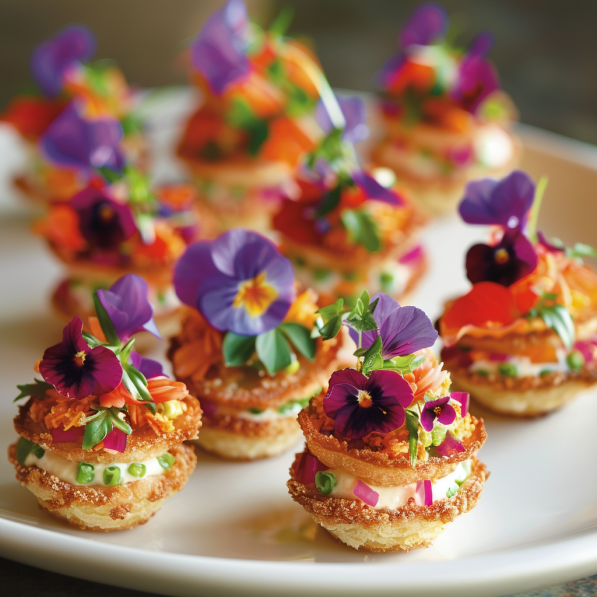Culinary Blossoms 101: A Beginner’s Guide to Cooking with Edible Flowers
Welcome to Culinary Blossoms 101, where we embark on a delightful journey into the world of cooking with edible flowers. In this beginner’s guide, we’ll demystify the art of incorporating floral beauty into your culinary creations, from savory dishes to sweet treats. Whether you’re a seasoned chef looking to add a new dimension to your cooking or a curious beginner eager to explore the world of edible blooms, this guide will equip you with the knowledge and skills to get started on your floral culinary adventure.
Understanding Edible Flowers: Before we dive into the kitchen, let’s take a moment to understand what makes a flower edible and how to safely incorporate them into your cooking. Edible flowers are blossoms that are safe for consumption and free from pesticides or other harmful chemicals. Popular edible flowers include roses, violets, pansies, nasturtiums, and calendula, but it’s essential to research each variety before use to ensure it’s safe and suitable for your culinary creations.
Selecting and Preparing Edible Flowers: When selecting edible flowers for your recipes, it’s important to choose fresh, high-quality blossoms that are in peak condition. Look for flowers that are brightly colored, fragrant, and free from blemishes or wilting. Before using, gently rinse the flowers under cold water to remove any dirt or insects, and pat them dry with a clean kitchen towel. Remove any green stems or sepals, as these parts can be bitter or unpleasant to eat, and use only the petals or blossoms in your cooking.
Incorporating Edible Flowers into Your Recipes: Now that you’ve selected and prepared your edible flowers, it’s time to get creative in the kitchen! Edible flowers can be used in a wide variety of dishes, including salads, soups, main courses, desserts, and beverages. Their delicate flavors and vibrant colors can add a touch of elegance and sophistication to any dish, turning ordinary meals into extraordinary culinary creations. Experiment with different flavor combinations, textures, and presentation styles to discover how edible flowers can elevate your cooking to new heights.
Recipe Ideas and Inspiration: To help you get started on your floral culinary journey, here are a few recipe ideas to inspire your creativity:
- Floral Salad with Citrus Vinaigrette: Toss mixed greens with edible flower petals, sliced citrus fruits, and a homemade vinaigrette for a refreshing and vibrant salad.
- Stuffed Zucchini Blossoms: Fill zucchini blossoms with a mixture of ricotta cheese, herbs, and spices, then lightly batter and fry until golden brown for a delicious appetizer or side dish.
- Lavender Honey Ice Cream: Infuse homemade ice cream with dried lavender buds and drizzle with honey for a decadent dessert that’s both creamy and floral.
As you can see, cooking with edible flowers is a delightful and rewarding experience that adds beauty, flavor, and creativity to your culinary repertoire. Whether you’re incorporating them into everyday meals or special occasion dishes, edible flowers are sure to impress and delight your friends and family. So gather your favorite blossoms, roll up your sleeves, and let your culinary creativity blossom!

